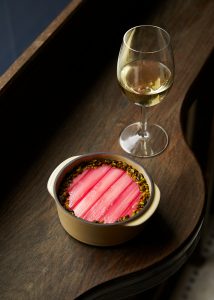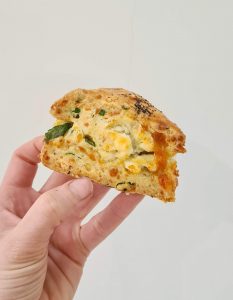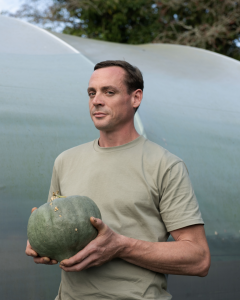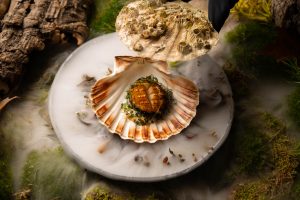Britain’s ‘most wanted chef’ Ollie Dabbous on the importance of exercising self-restraint in the kitchen
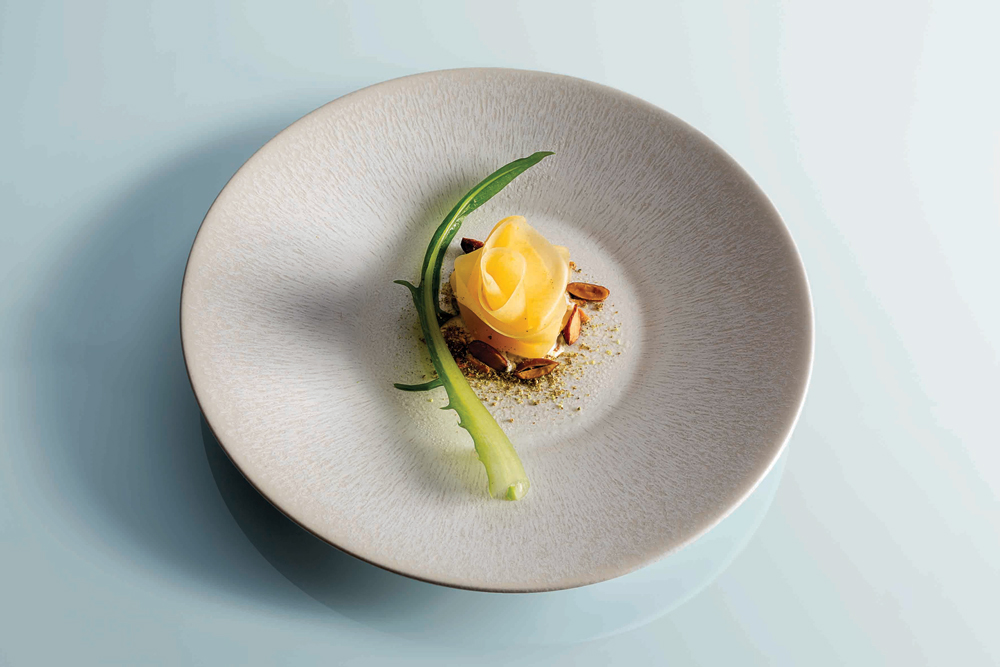
Confidence and restraint are the hallmarks of a truly unforgettable dish.
What are you going to cook for dinner? How do you decide? What’s in the fridge? What if you could cook anything… anything at all. Seriously, what would you cook? But it’s not for you; it’s for your guests. They’re paying. You don’t know them. And they need to enjoy it and want to come back: because if they don’t, you will go bankrupt very quickly. Welcome to my world. That said, I find it a pleasure, and furthermore I chose this role. The sense of freedom of expression is more compelling than the pressure of the consequences of getting things wrong.
The ultimate goal is to create a dish that I consider a beguiling combination of simplicity and complexity. The appearance of effortlessness hides a painstaking thought process and intense attention to detail. I don’t serve what the customer thinks they want; otherwise the food would never exceed expectations. I want to give them something they didn’t know existed, or something they didn’t know could taste so good: something greater than they imagined or expected.
To me, the role of the chef is to highlight the very best ingredients in the most honest and concise manner. Some top chefs talk of challenging people’s preconceptions or evoking certain emotions through their culinary approach. It is their prerogative to do so in their own restaurants, but that subjugates the role of the ingredient to that of a tool. Would they feel the same way if they had to grow the vegetables, catch the fish, or rear then slaughter the animals themselves?
Essentially, the point of cooking is to make food taste better – to make it as good as it possibly can, in the most organic way. Sometimes this takes a great deal of work but occasionally it takes very little. Simple perfectly executed food will always surpass complicated technical plates. Raw ingredients, at their peak, have a magnificence that needs just a light touch and sensibility to transform them into something both nourishing and delicious. That very magnificence is lost through over-processing, refinement or gimmicks. Presentation is important, but it is ultimately the gift-wrapping. It is taste you remember. Taste comes first, even before concept. Why make something different or new if it is no better than what has preceded it?
When creating a dish, I first look to what is in season, what is at its very peak. This could be the violet-like fragrance of a wild strawberry, the carnal sensation of tender red meat with a charred crust, or the incredible sweetness of baby peas in the pod. Then I try to showcase those qualities in the most culinary economical way. The fewer distractions the better, this ascetic approach offers clarity of flavour and intention. The focal point will always be a single item: the fish, the meat, the fruit or vegetable. There is a whole back-story of labour and love that goes into star ingredients, from the farmer, the fisherman, to the forager and the butcher. This can unfortunately be forgotten through the ease that we, as chefs and customers, can pick up the telephone to place an order; it is these ingredients that merit all the attention, not the chef. It is then just a case of looking at what compliments them, and how this simple accompaniment, preparation or counterpoint can elevate the dish into something more than the sum of its parts.
When creating the recipe, I start with a blank page. Every dish is its own entity, and shouldn’t be derivative of something else. That said, the finished first attempt of a dish may be very different to how I imagined it to be. It may take several attempts before this evolves into something I am truly proud to serve: something I will charge people to eat and hang my reputation upon. The perfect plate of food, however, doesn’t exist. Furthermore, everybody’s palette is different and it is impossible to please everyone all the time. It is necessary to accept that and simply cook what intuitively feels right. Knowing when to stop adding elements is also crucially important, and this isn’t something that all young chefs have mastered. The youthful desire to impress and stand out in an overcrowded culinary media can outmuscle the inherent sense of restraint that comes through maturity. A good dish can be defined by its simplicity and a sense of ‘rightness’; a poor dish screams at you for attention but says absolutely nothing. It may look pretty, but it will be instantly forgettable, nothing more than future washing-up.
The dish pictured here is an example of my restrained approach. The season for the Tokyo turnip is just a few months in early spring. This small window of availability makes them all the more precious. They are small, nutty, sweet and juicy, much milder and less bitter than the basic variety of turnip, and best eaten raw. In this dish, they are shaved into sheets and marinated in a light dressing made from manuka honey and lemon, then rolled into a floral shape. It is served with a mayonnaise flavoured with virgin rapeseed oil and a scatter of toasted almonds and meadowsweet – a wild English flower with a camomile-like taste.
The dish is simultaneously elegant, clean, fragrant and moreish; the length of the turnip sheets creates a velvety mouth-feel, but the dressing, crisp textures and single bitter puntarelle leaf stop the dish from becoming too cloying. There are only a few elements involved and nothing is superfluous. The dish showcases the turnip, and just how delicious such a humble vegetable can be when respectfully handled. This, to me, encapsulates good cooking.
Ollie is head chef at Dabbous, 39 Whitfield Street, London
This article appears in Port issue 16 – out now
